VÄNTRÄDGÅRD TRAIN STATION
INTERIOR CONCEPT
Exploratory project
Konstfack University
2022
VÄNTRÄDGÅRD TRAIN STATION INTERIOR CONCEPT
Exploratory project
Konstfack University
2022

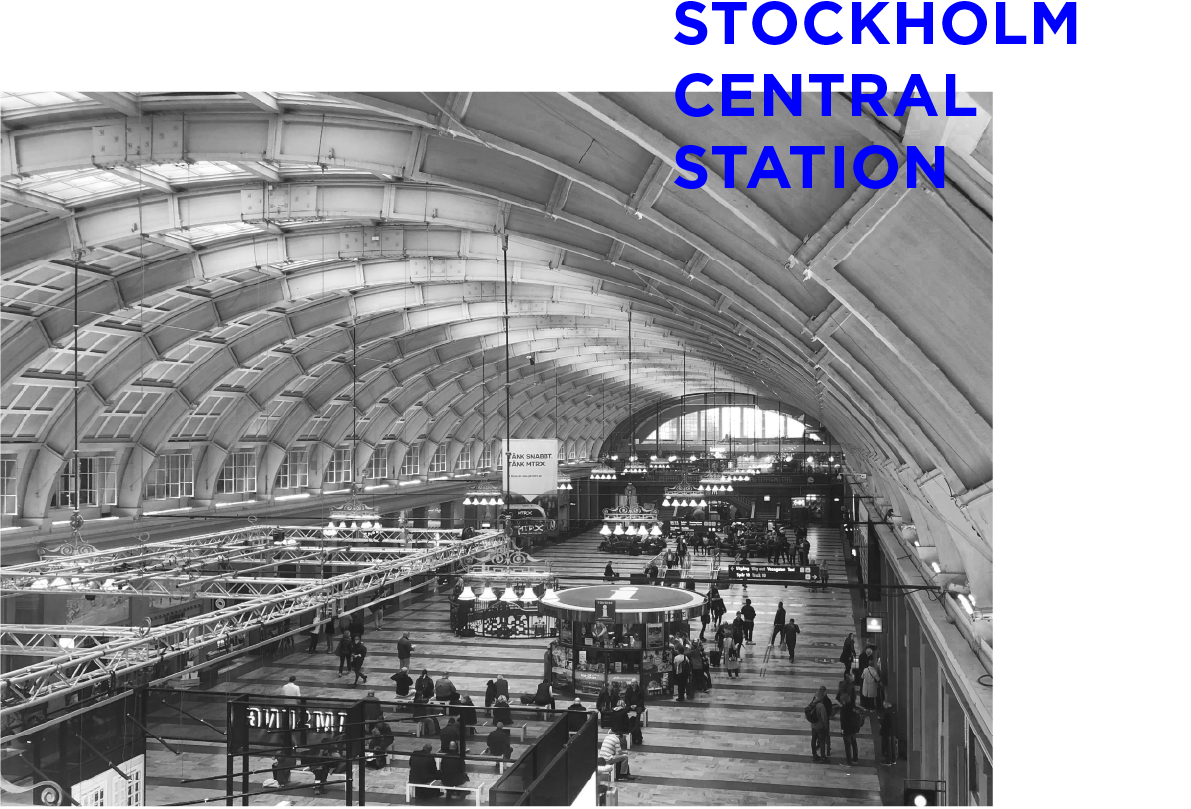
This project started by picking Stockholm Central Station as a site to base an investigation that should lead to a design proposal. I chose this train station because I have been interested in exploring the theme of traveling, and train travel is the most sustainable option today. I therefore wanted my end goal to be promoting train traveling.

I started my research about the station in parallel to train traveling. I investigated the ways users select their means of traveling and understood speed was the most important factor, followed by costs. Last in the pyramid is ease, comfort and experience. Since today long-distance train travel (as example from Stockholm to Paris) can’t compete with flying in speed, and I didn’t have any interest nor knowledge to focus on costs, I instead directed this project towards the user experience as a powerful advantage rail has over other means of transport.

User research findings
Throughout my interviews about Stockholm Central Station in specific, every person I interviewed had something bad to say about it. Many perceive it as a stressful space, where people are rushing around, and one is induced into a fast pace. Some users find it confusing to navigate the station, and don’t trust they will get to their platform easily, therefore they come to the station quite earlier than they need. Almost all users say they come to the station with more time in advance than needed, “just in case” and consider that time as wasted waiting time.

Train station navigation / Waiting time / Connections
How can the experience of waiting for the train and navigating the train station can be improved and stress free?
Looking into the whole user journey, the train station is an important touchpoint. Therefore, I choose to focus on improving the experience at the train station, focusing on how users navigate the station, the waiting time, for example during connections and delays. My starting concept aimed at understanding how the time spent at the station could be more valuable, as well as how navigating the station could be improved and stress-free. How can the main train station in Sweden be place that is perceived and remembered as a pleasant and desirable experience, in association with rail travel. Users remember the station as an awkward experience – “no one really knows where to sit, how to act, or what to do” – connected to the waiting area space. One user remembers their waiting time at the station when there was a delay as “the worst experience ever” because they felt they had nothing to do besides “awkwardly sitting and looking at my phone”.
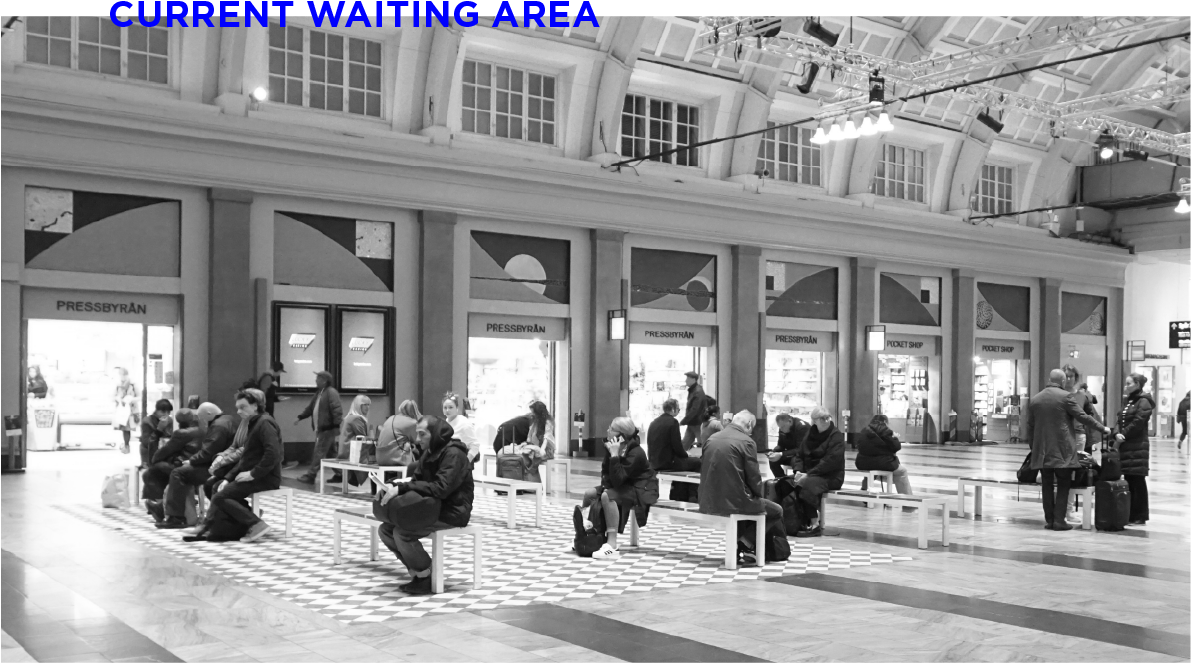
I analyzed the station and validated some of the points the users mentioned. The waiting area offers no entertainment nor possibility to work. There is no cozy area where to sit and read a book and shopping is the only entertainment. There used to be a charging station that got vandalized and removed so currently there is nowhere to charge a phone or a laptop. In fact, there is no sitting option with a table to use a laptop comfortably. This results in passengers depending on the cafes and restaurants in the station for these needs, or the Sj lounge for first class passengers.

Looking at the motivations for travelling I found there to be two main groups, leisure and business. To improve the experience of passengers travelling for leisure, the journey should be relaxing and entertaining aiming for it to be considered part of the holiday. For passengers travelling for business, or that would like to work during the travel time, it should offer all the work conditions needed for the journey to be considered as working hours.

I denominated my target group as remote workers. Young professional remote workers aged from 25 to 40 years, that can work from anywhere and the waiting time at the station can be working time or time to relax. This group I used to bring out their laptop anywhere and get a few hours of work done. Aware or used to the concept of coworking spaces, and flexible working hours.
This group has the opportunity to travel slower if they can use the journey as working time. For example they can consider spending a week at their destination and working remotely from there, instead of rushed weekend trip.
WORKING NEEDS
They require a good internet connection, being able to charge their electronics, and the ability to take private video calls. They also need sitting options with a desktop and a calm environment where to concentrate.
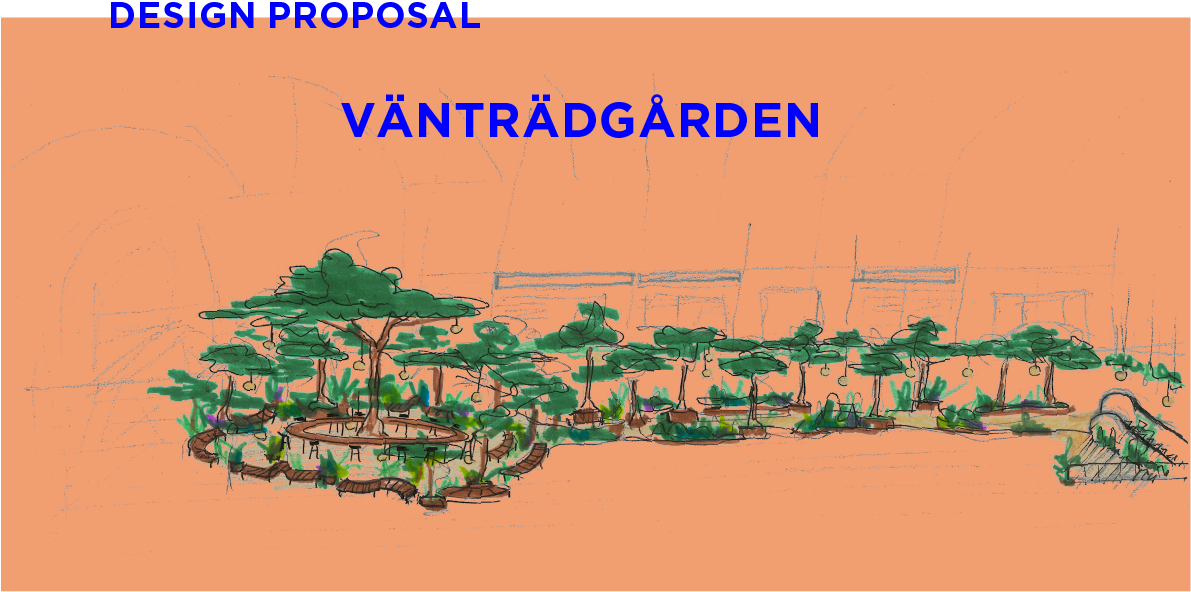
Redesign the interior of the station waiting area to answer these needs for my target group: a place where you want to spend time, a nice waiting area that is calming yet entertaining, and where you can also get some work done. As well as a visual path that guides you all the way to the platforms, and makes it easier and a relaxing experience to follow.
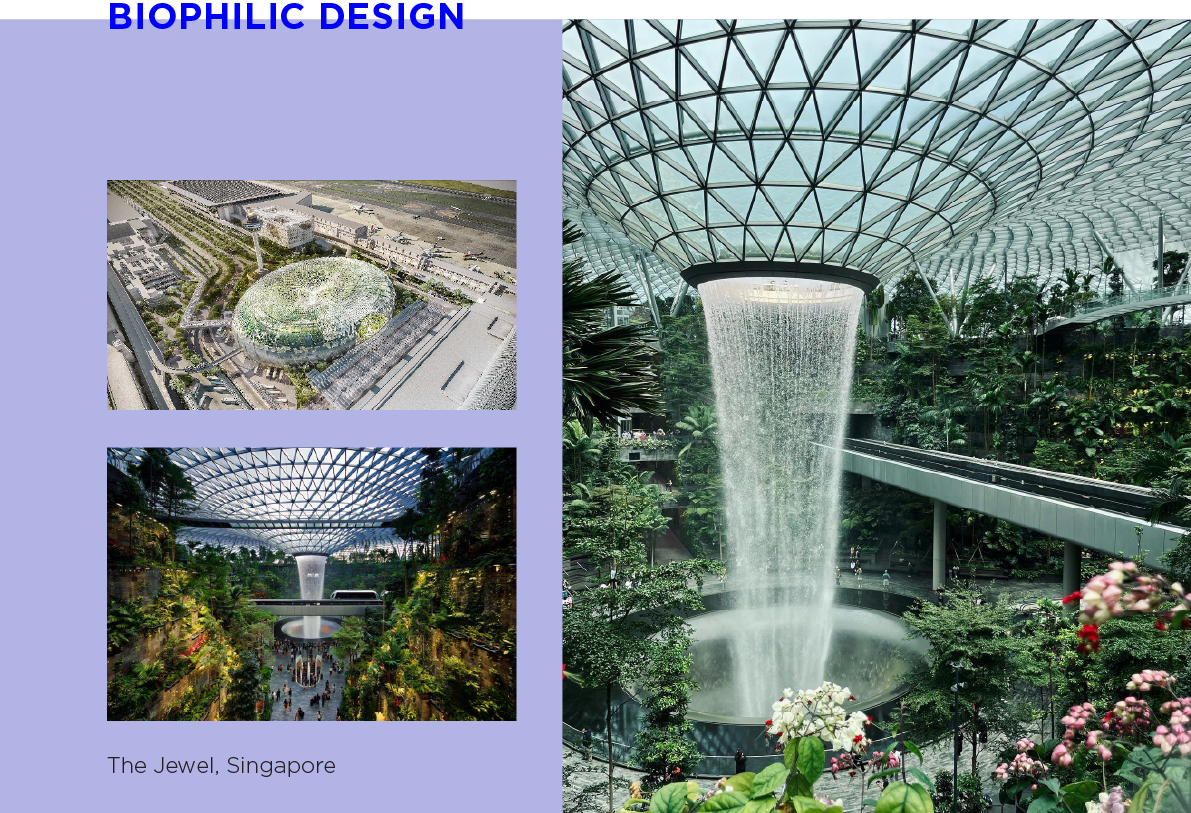
During my research on how spaces can provide a more calming experience I looked into how biophilia principles can be applied in architecture and design. Biophilic Design is studied and proven to improve wellbeing and curb stress. It consists in echoing the natural world through material, form, colour, dimension, layout, light and sound.
Environmental elements such as plants and natural tones and materials.
Natural forms using organic shapes instead of straight lines and hard edges.
Patterns and processes that resemble nature and material that age well.
Light and Space by using natural light as possible and using space to optimize and considering the light.
Space Relations by create a relation to space through cultural elements like choosing to use only native specie, local materials and a Scandinavian design language.
Evolved human-nature relationships to feel the presence of nature to a deeper level like by involving more senses through integrating sensory gardens’ concepts.

I got inspired from the Train Station Atocha in Madrid, which holds a tropical garden in its interior. This is a place I have visited since I was little and that I revisit every time I have the opportunity because it is such an amazing experience to be there. It is a relaxing place that at the same time sparks a sense of curiosity and evokes a desire to wander around and daydream. My memories as a child of this station are of a mystical garden. The architecture and how the light shines through it also contributes to the feeling.
Another important reference for this project was an art installation I unexpectedly came across with, in December 2021 by Sergels torg in Stockholm, called Grön vinterträdgård på Plattan (green winter garden at Plattan (Sergels torg). Produced by Sofie Ejmunds Almroth it consisted in a dark room with dim green lights filled with plants where you could wander around or sit while drinking hot tea and listing to a live chamber ensemble. I found this experience so relaxing and comforting, almost meditative. During the winter the darkness can feel a bit depressing, but this experience made it enjoyable.
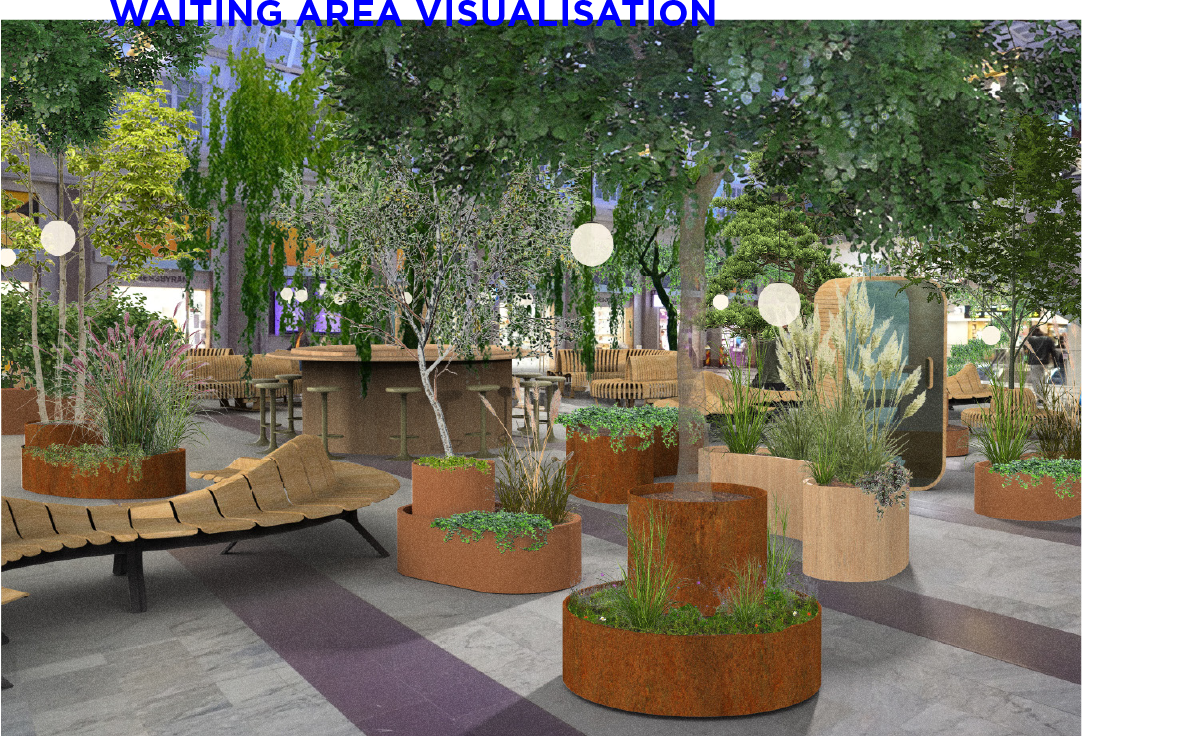
So the main area of the station could look something like this: your surrounded by plants – You have waiting areas where you can sit, relax, take your coffee and read your newspaper surrounded by plants If you want to work you can use these tables around the tree planters ( I actually realise I stole this idea from my classmate Anna, who did a project last year about sitting areas so that you are pacing the plants instead of facing away- and I really liked it)
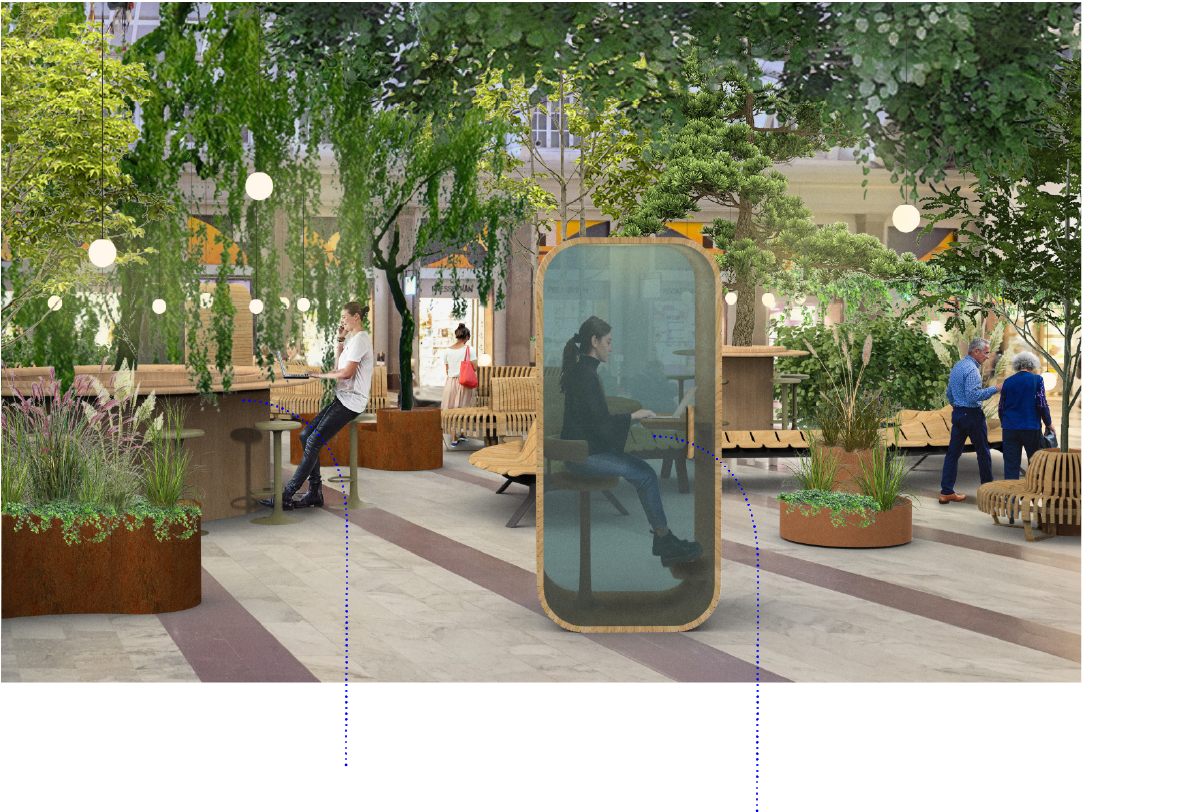
Desktops
In the waiting area there will be desktops with sockets for charging laptops and good lighting. The tabletops are built around trees allowing the user to sit directly facing nature this way.
Meeting Pods
There will be meeting pods that you can book for taking a video call meeting or just have a quiet moment in privacy to concentrate. This is something I realized that is hard to find in public spaces, but it is a need for remote workers. I took inspiration from coworking spaces.
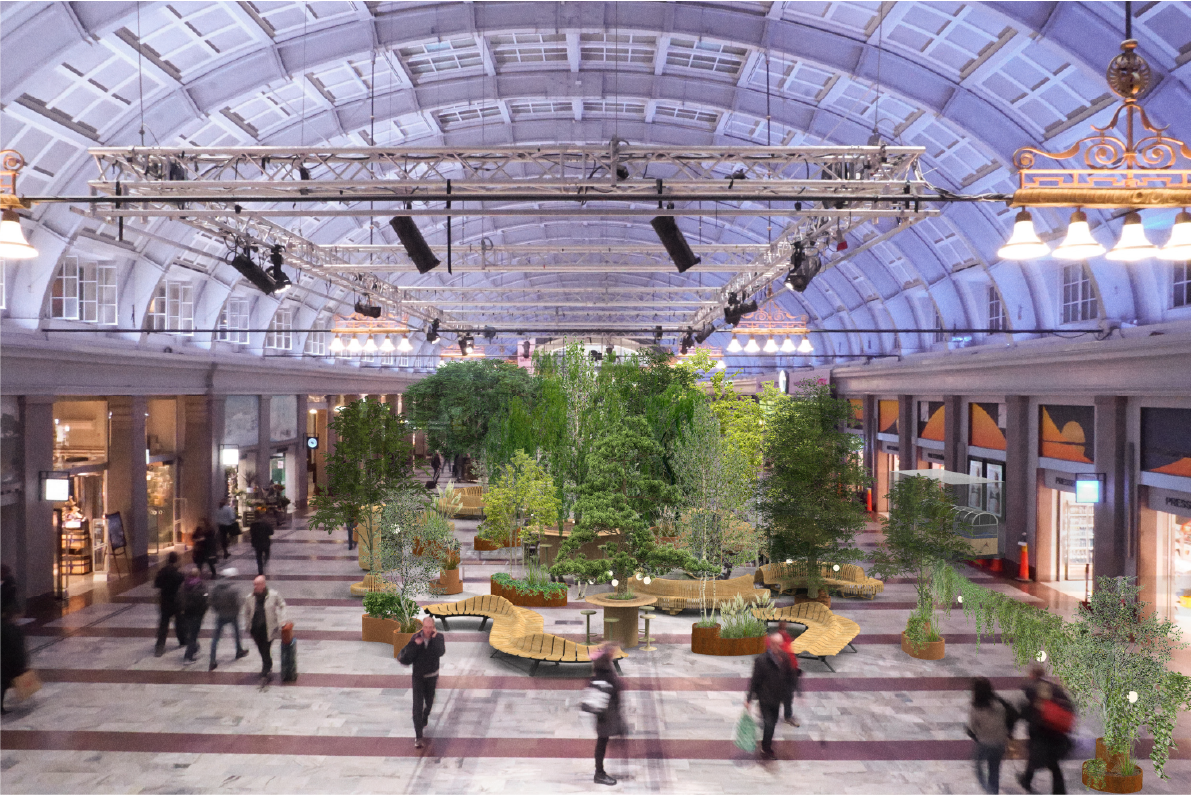
From the waiting area, when it’s time to head to the train platform instead of following the signs that can be slightly confusing there will also be a visual path formed by plants to follow. Extending the experience all the way to the platforms.
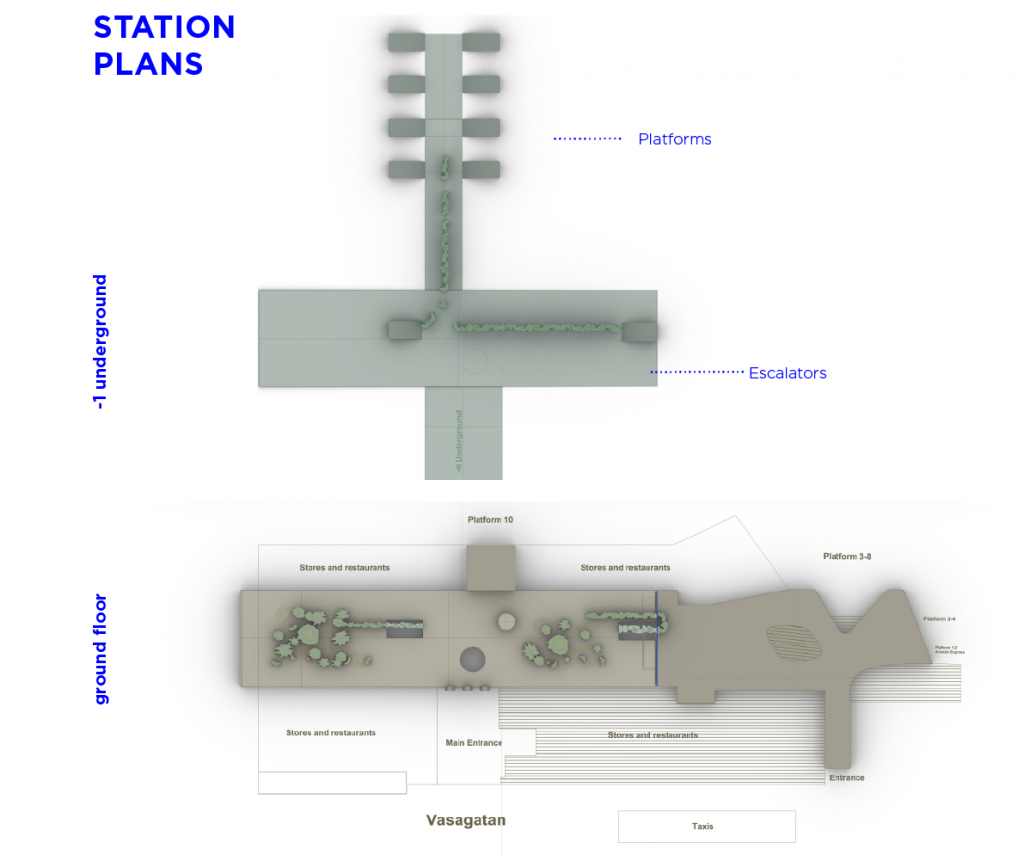
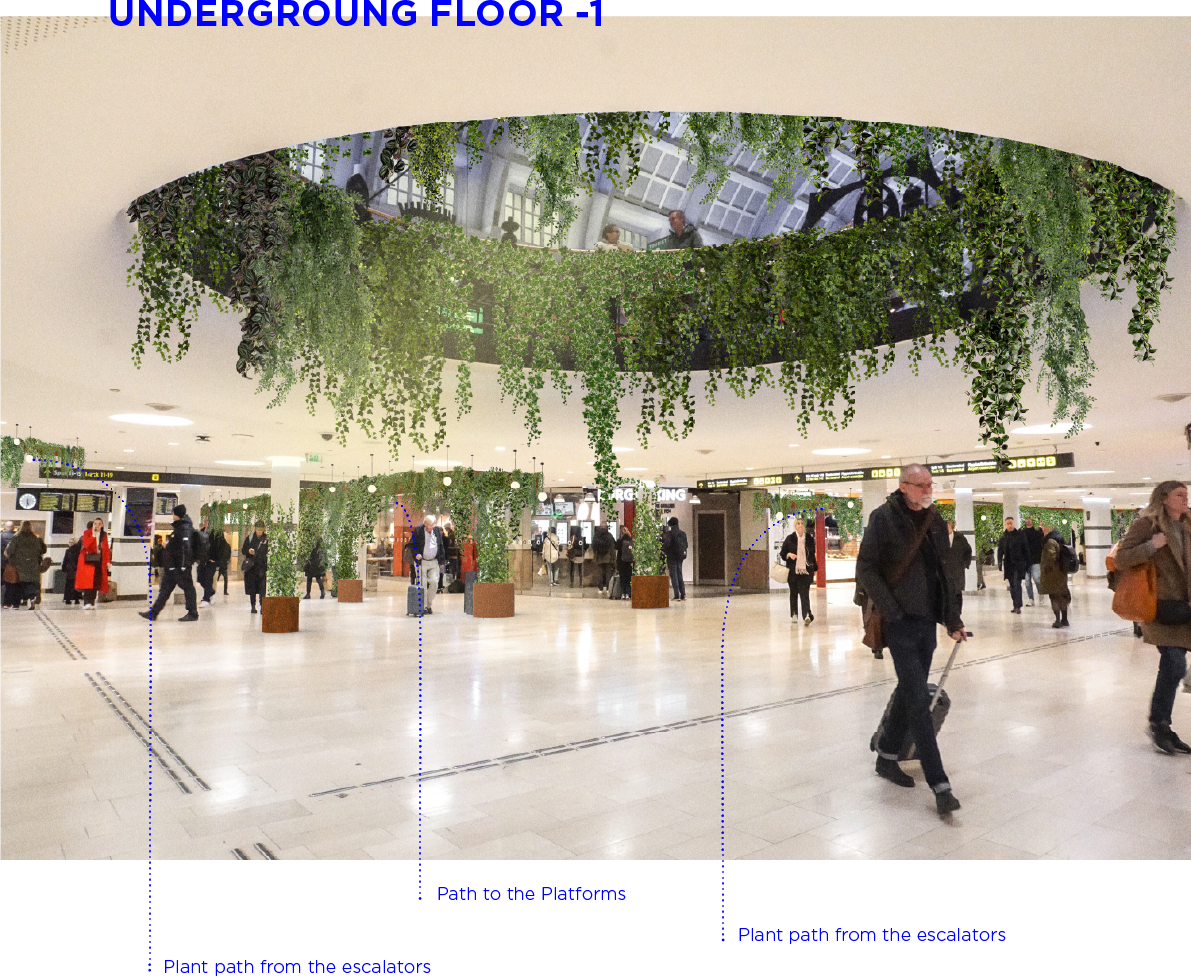

Sensory gardens consist of using different types of plants and layouts that trigger different senses and enable a more immersive experience. It has been researched the use of these gardens as a form of therapy. Includes plants with strong smells, different textures, different heights and proportions. A mix of deciduous and evergreen plants, allowing us to feel the different season and reconnect with our circadian rhythms but keeping the garden interesting all year around, combining plants that change colour and lose their leaves in different moments. Create a different path to follow almost as a very simple maze to evoke a sense of wonder.
By only using native species this garden could also be used to educate the public about the local flora, and how the plot could look like if the station wasn’t there. The plants would have labels, function as a botanical garden.

This concept includes a biogas digester system, that will transform the food waste and organic residues from the restaurants and WC in the station into fertilizer for the plants. The biogas could be directly used for cooking in the restaurants or transformed into electricity to power the extra lights required for the plants. Placing the installations in the middle of the station would evoke curiosity and by placing an explanation about the circular system the possibility to educate about this matter and bring awareness for the importance to separate organic waste at home.
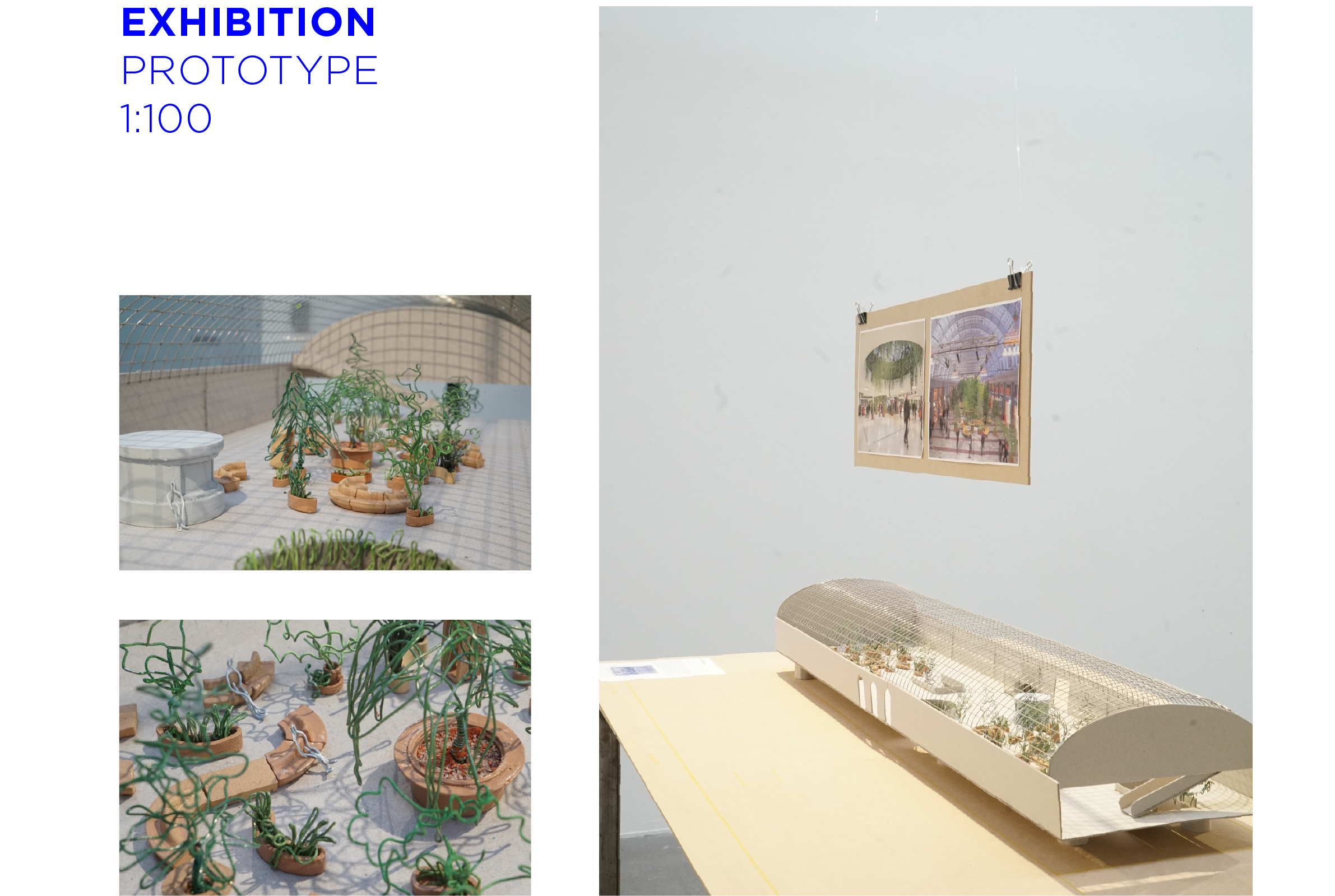

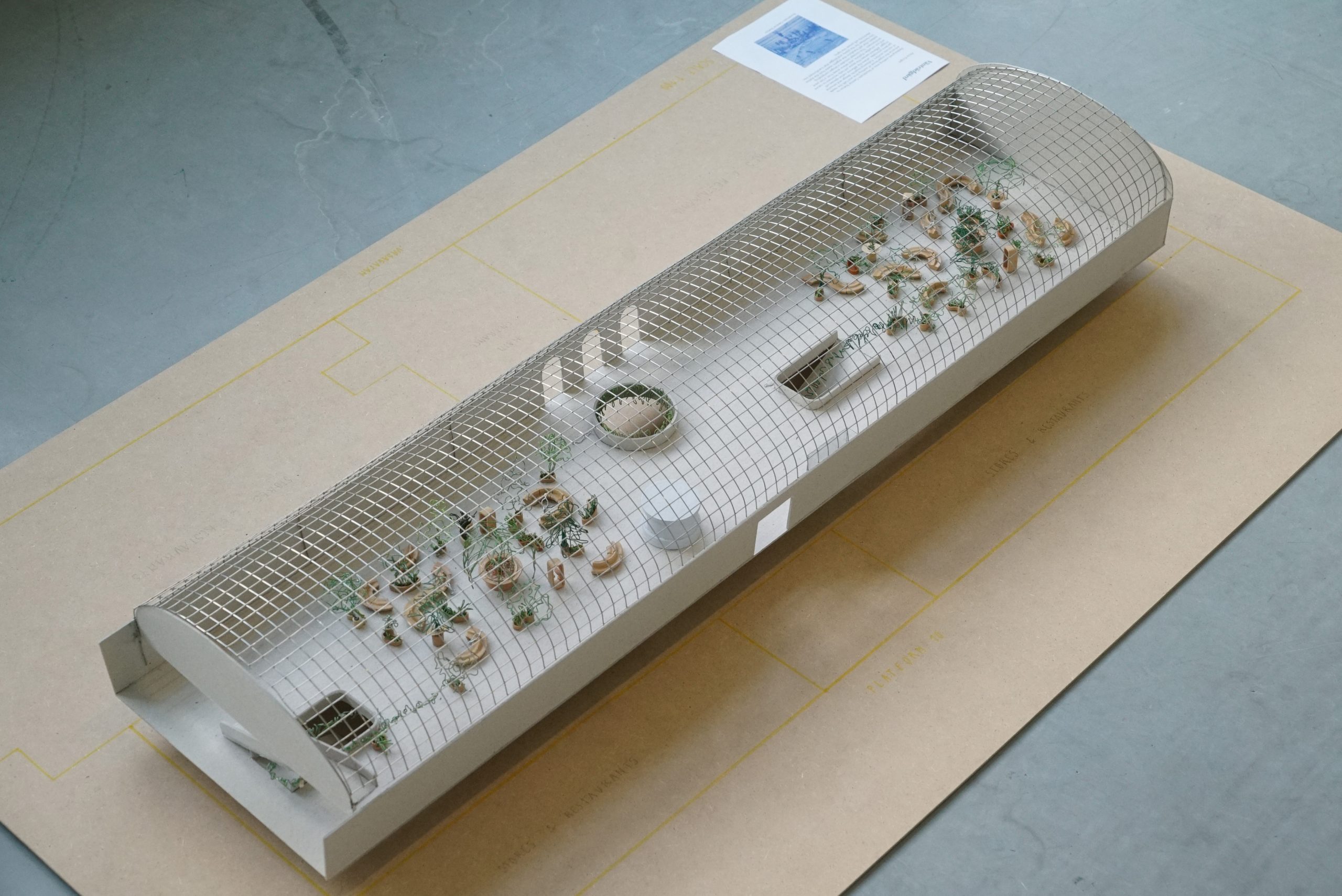

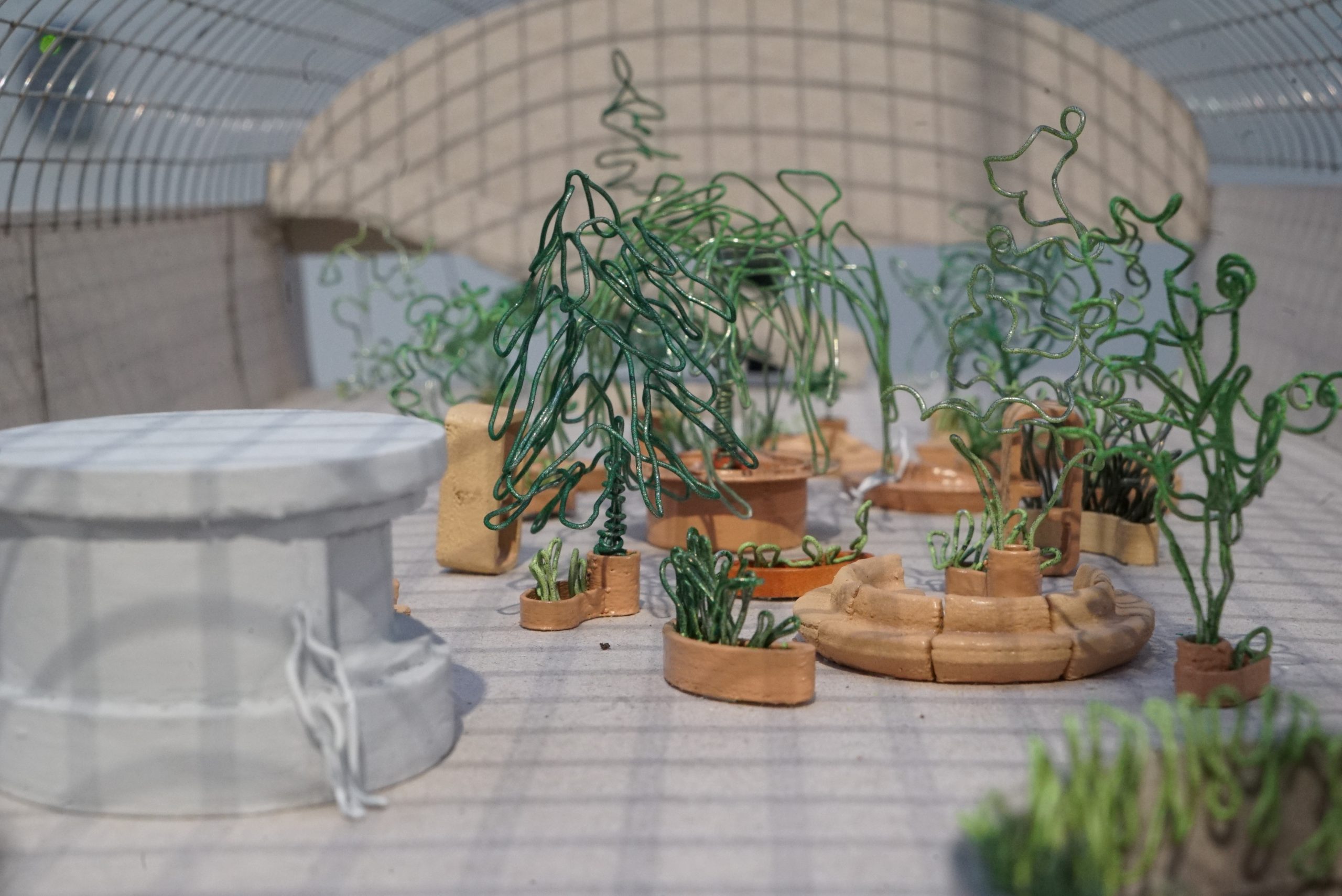
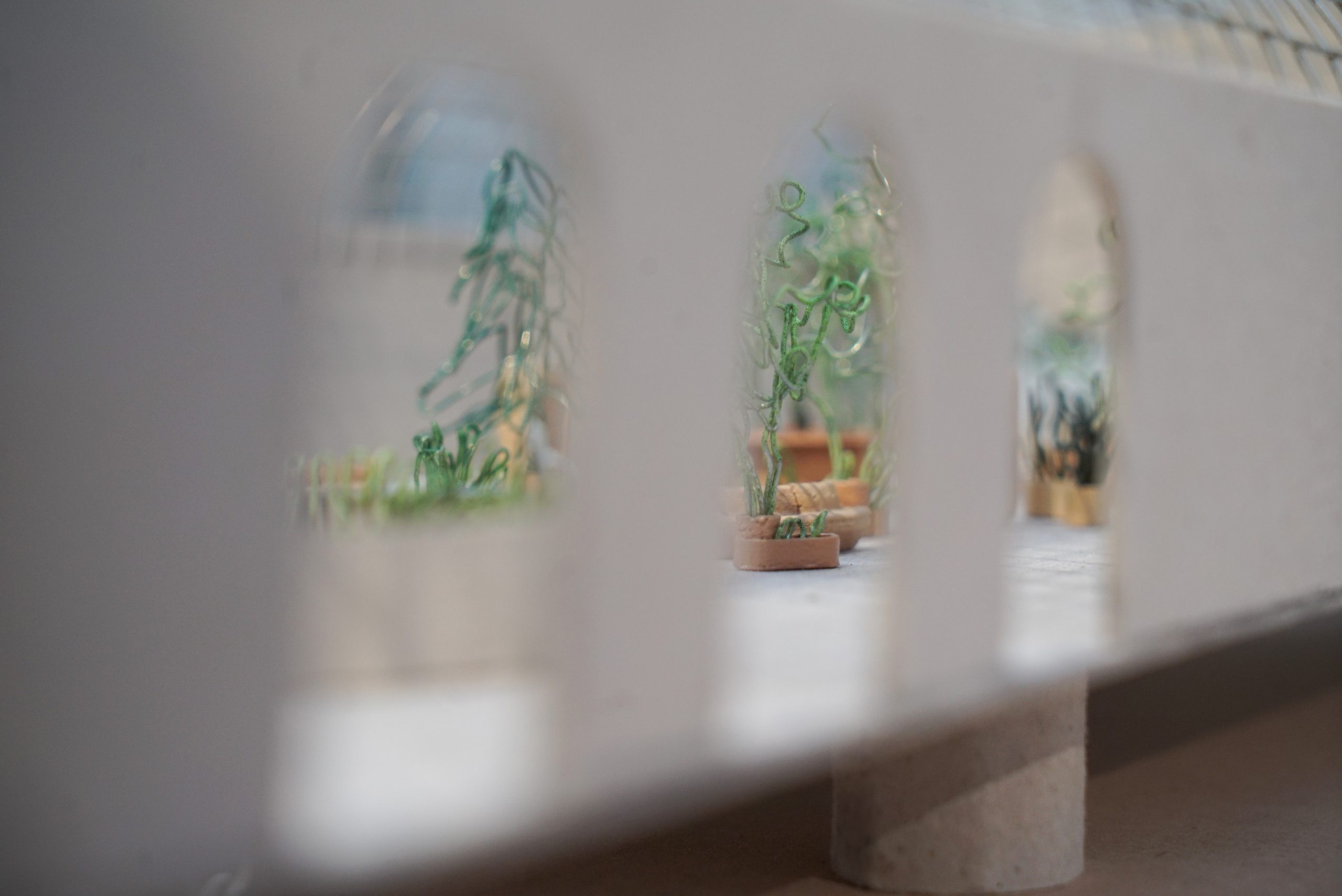
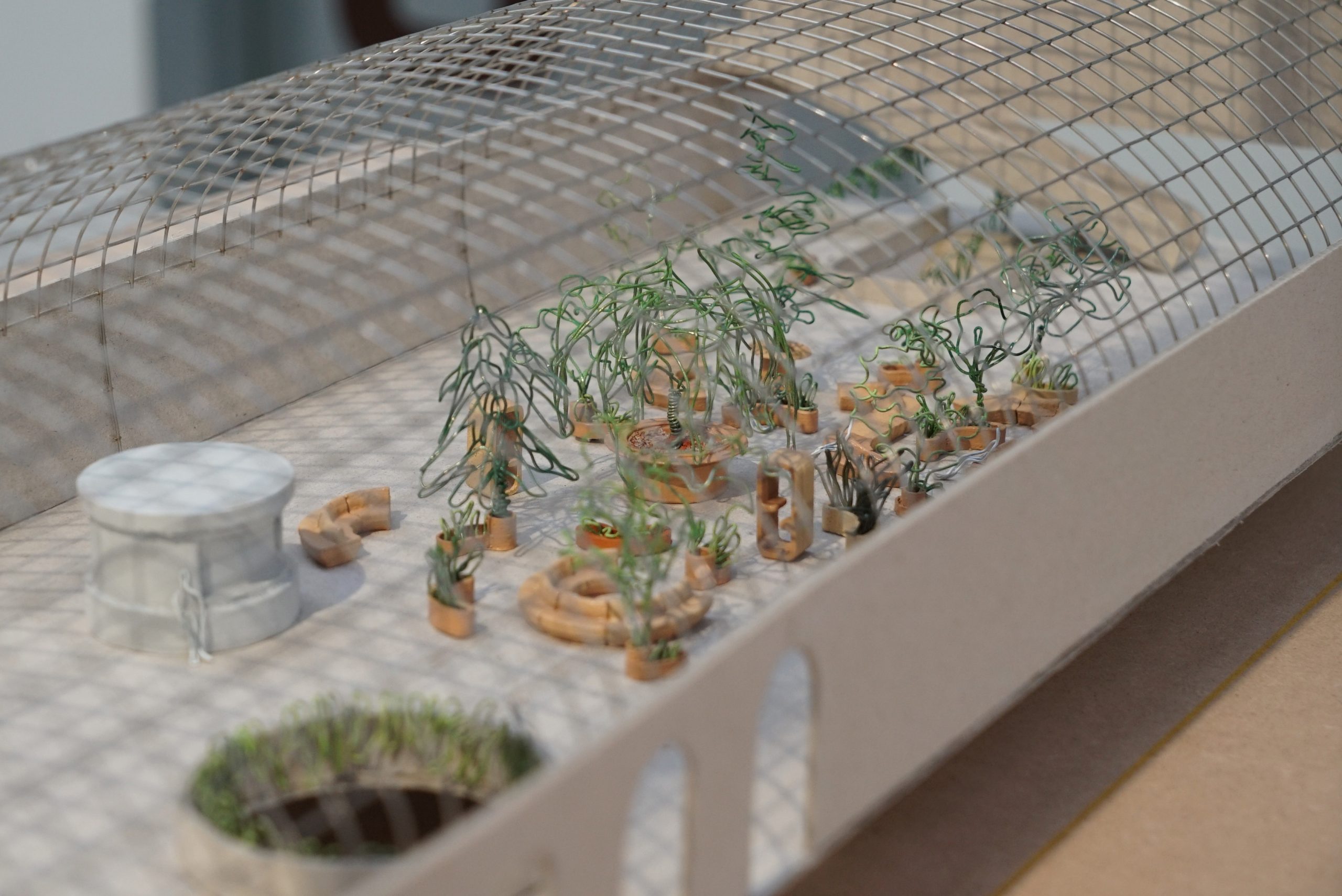



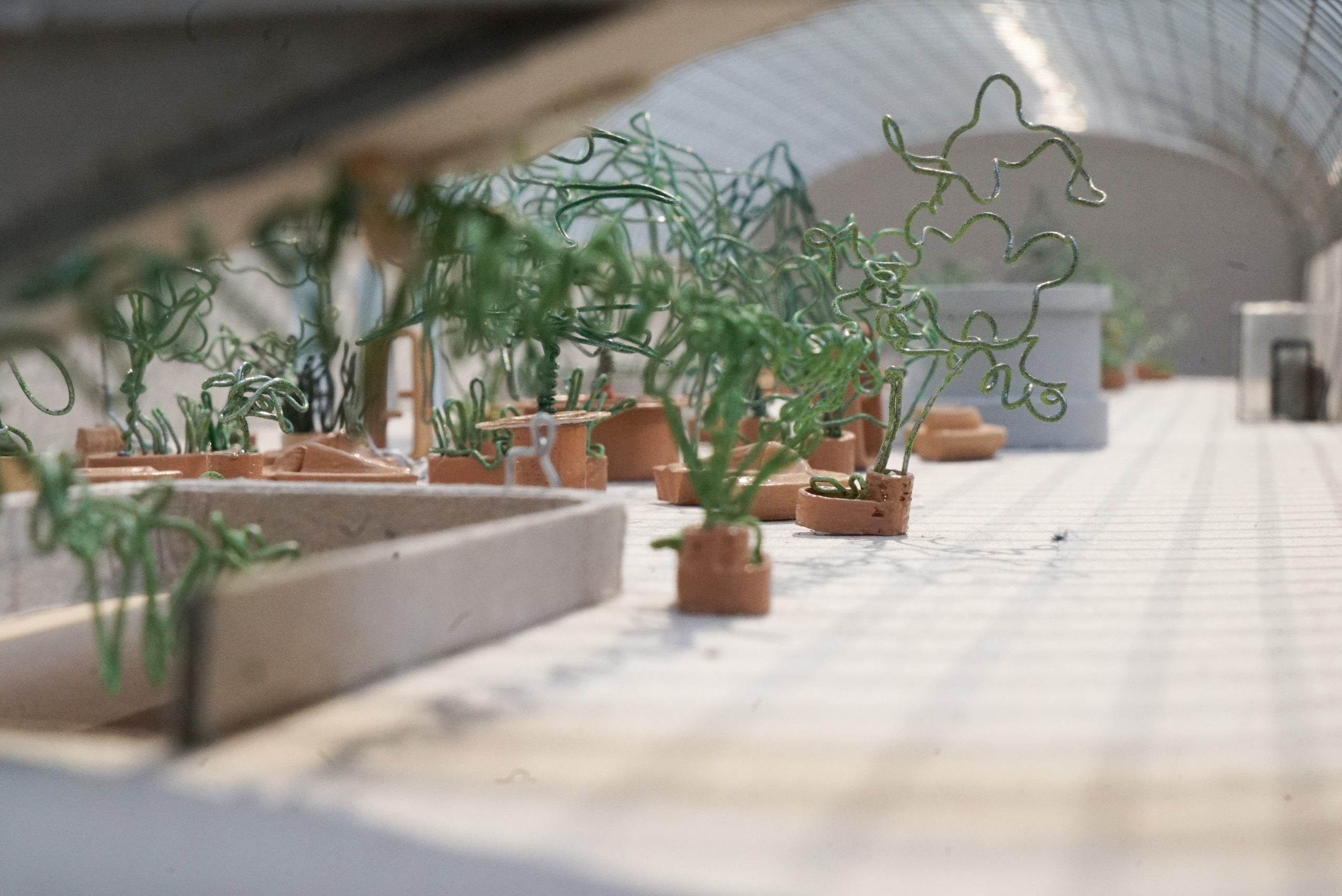
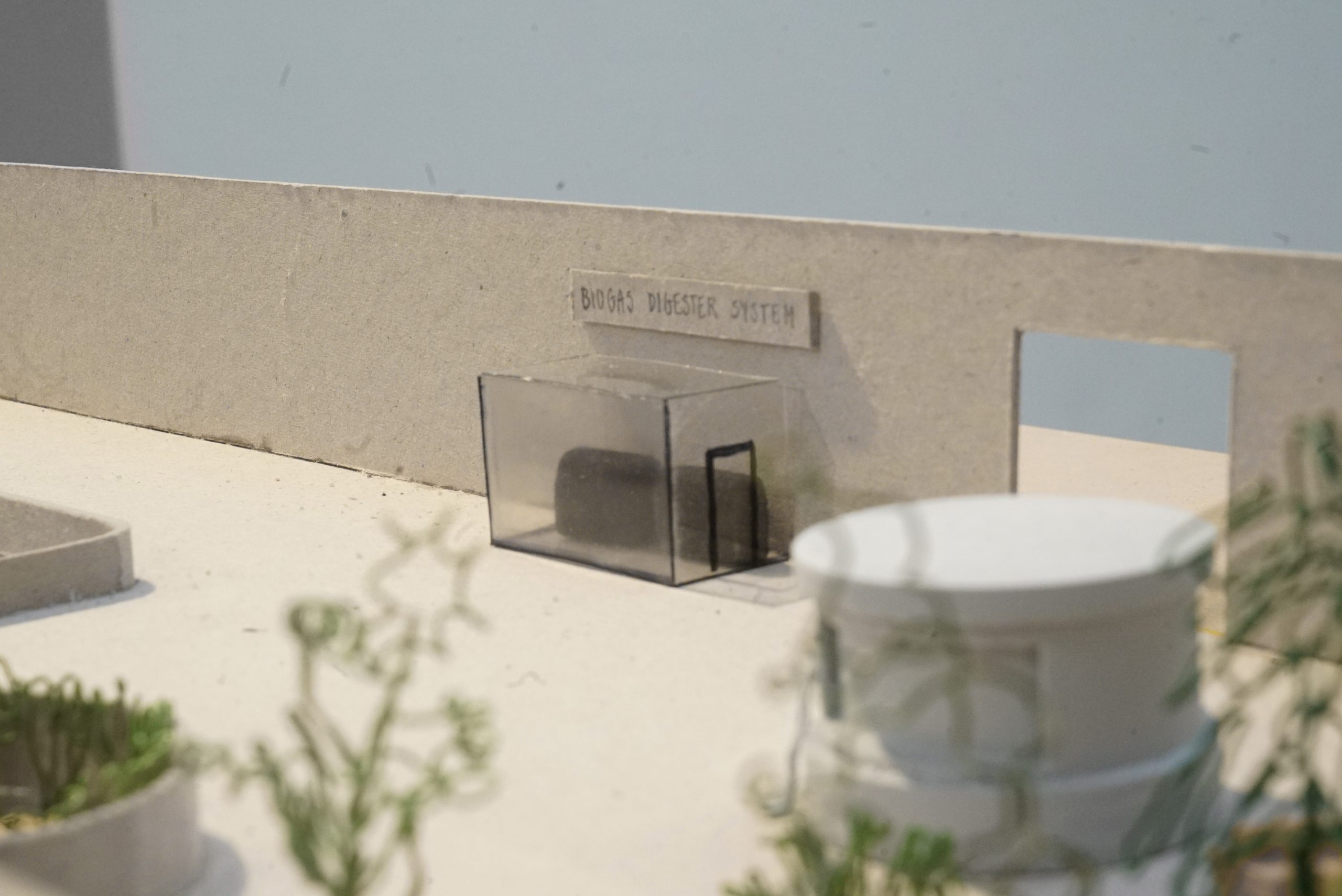
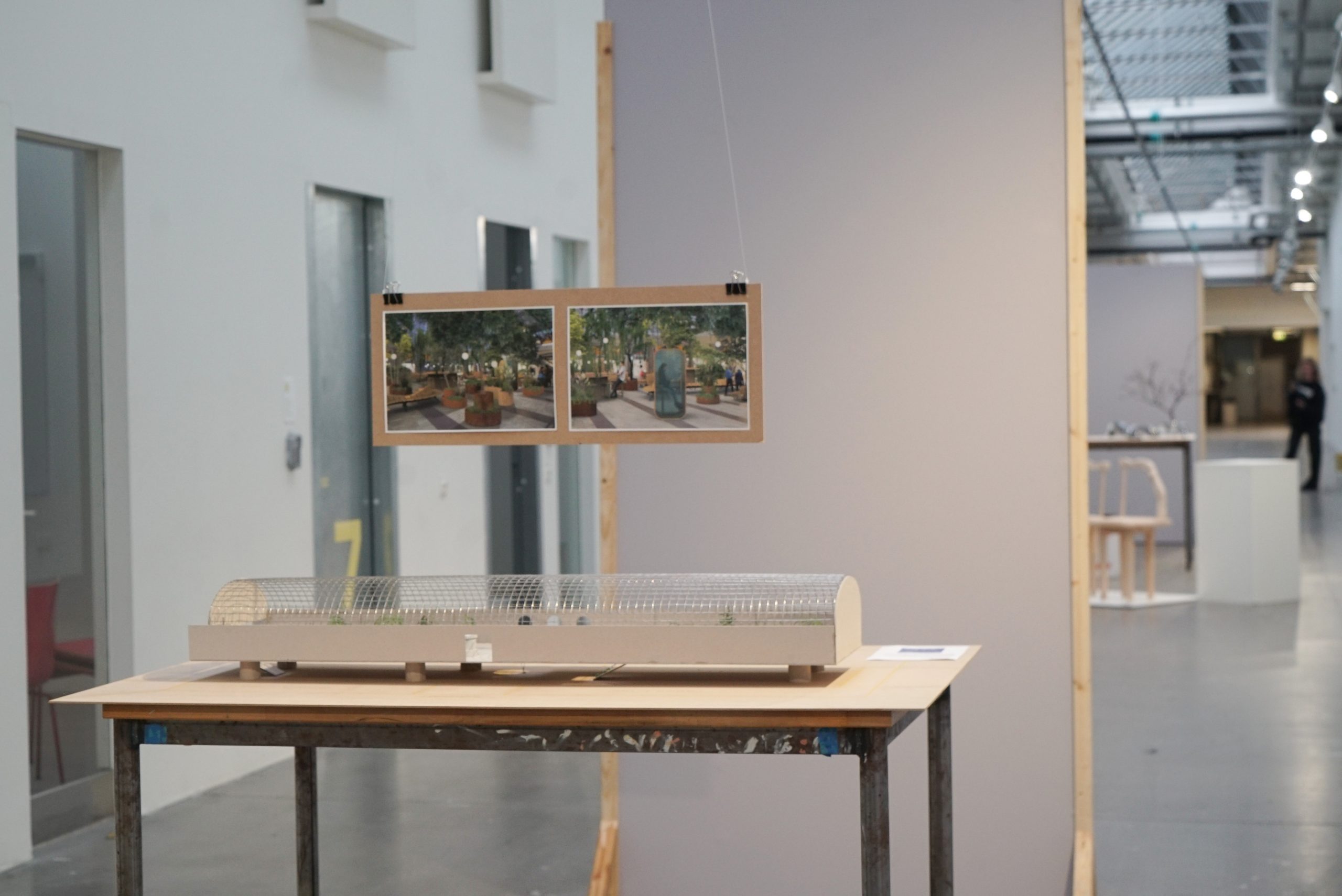
ETHICAL REFLECTIONS
The starting point for this project was to promote long distance train travel because it’s the current most sustainable mean of travel, and promissing to cut emissions even further in the future development. Therefore the end goal is have a environmental positive impact.
As I have explored in the project the train station doesn’t offer a pleasant waiting experience nor certain services, like for charging electronics or toilets after 5pm. This drives the users to depend on the restaurants and cafes around the station and first-class passengers have access to the SJ lounge. This is not a very democratic system for the 2nd class passengers and if forcing users to consume from the cafes and restaurants around the station when they might not need to just to access these services and have a more pleasant waiting time. I don’t believe this is a very democratic system and therefore my proposal aims to target this point.
Furthermore, train stations and similar public spaces are often designed to intentionally restrain the possibility of homeless people using its furniture and space as overnight shelter. I am aware of this possibility and how that could be an outcome in my project. However, I deliberately choose not to design from that perspective. I believe that we should put our efforts into tacking the roots of the problem instead, like creating reintegration programs and night shelters that will help the people in this unfortunate situation instead of designing against them.
